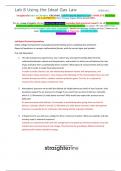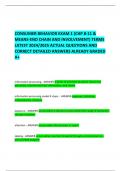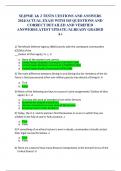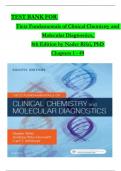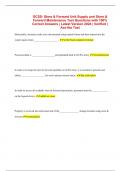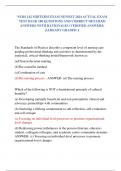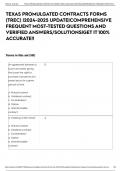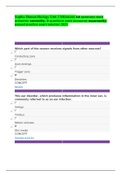Exam (elaborations)
Straighterline General Chemistry 1 LAB CHEM101L Lab 8 Using the Ideal Gas Law COMPLETE Worksheet with LAB PHOTOS (New Version August 2024) Scored 100%
- Course
- CHEM101L
- Institution
- Straighterline.Com
Straighterline General Chemistry 1 LAB CHEM101L Lab 8 Using the Ideal Gas Law COMPLETE Worksheet with LAB PHOTOS (New Version August 2024) Scored 100%
[Show more]
